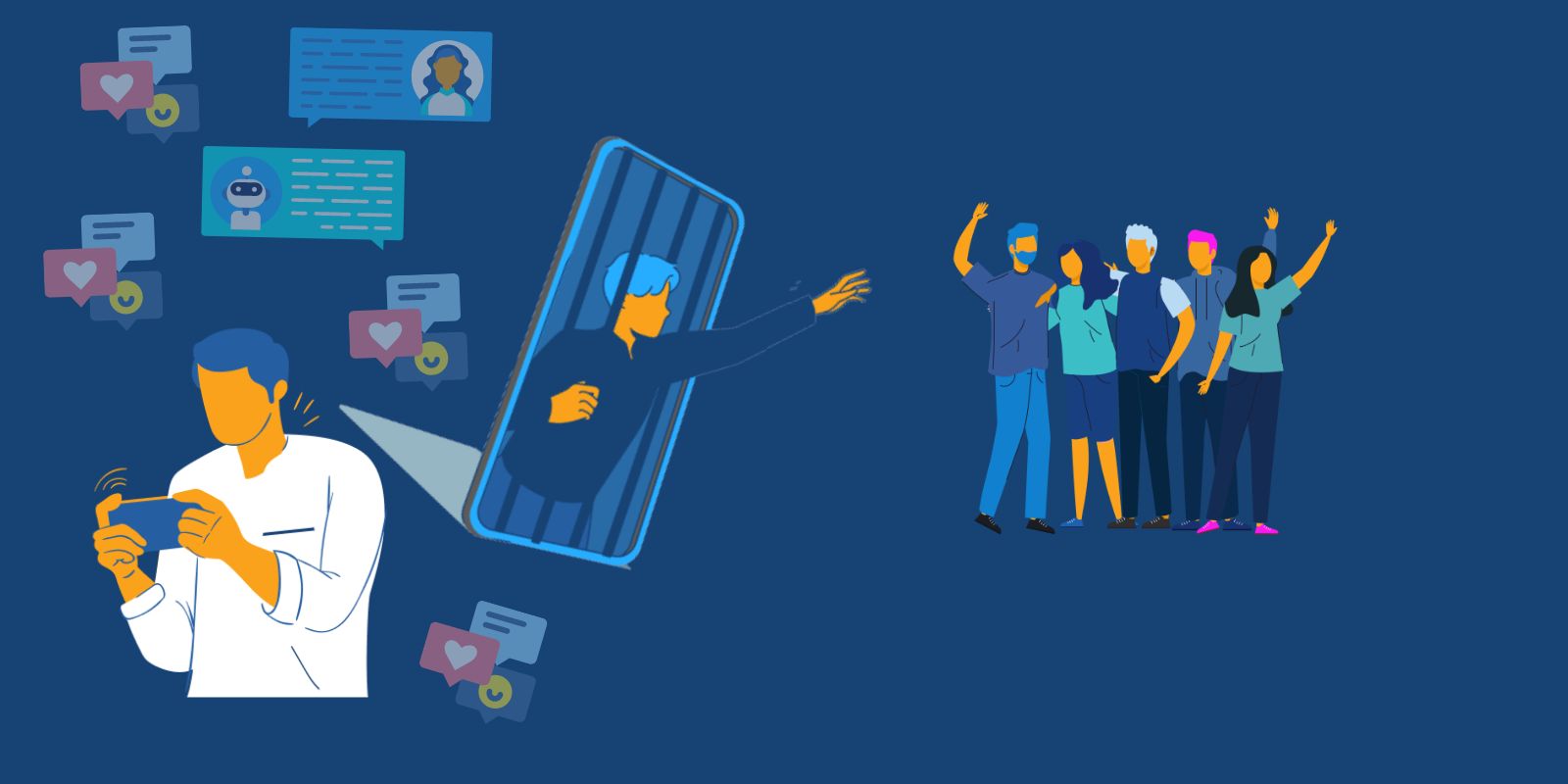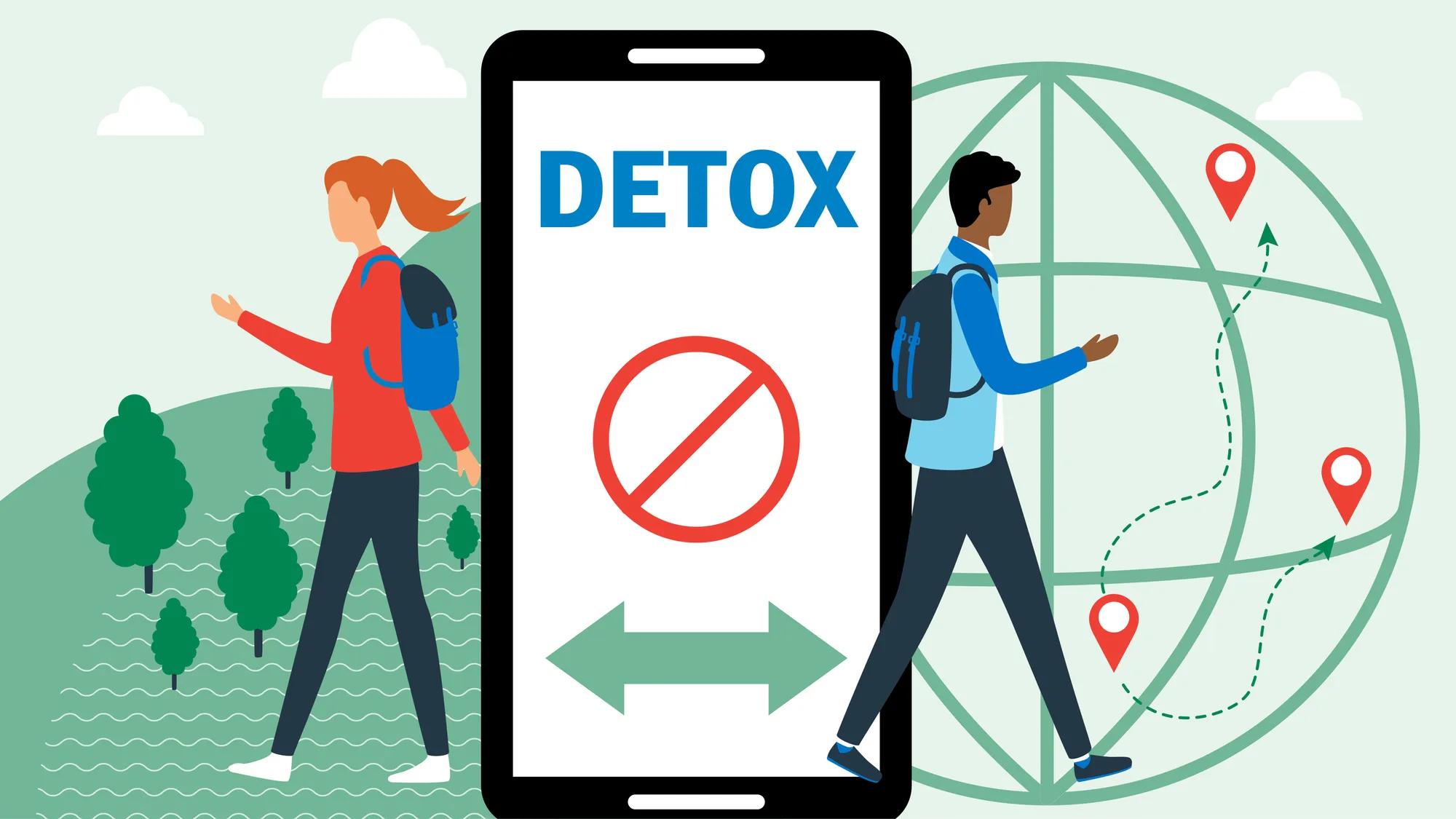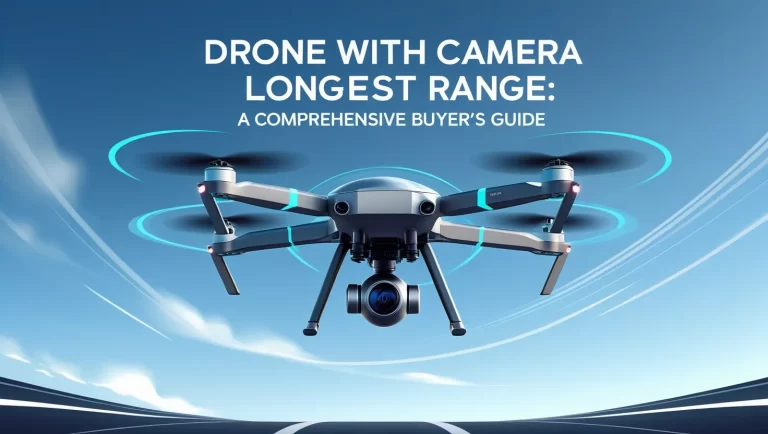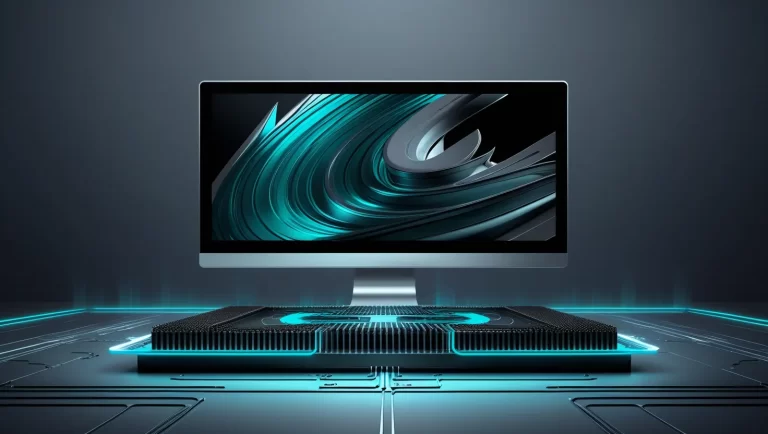
The Rise of Technology Addiction: Is Digital Detox the Solution?-In our hyper-connected world, technology addiction has become an all-too-common issue. From smartphones to social media, our digital devices have infiltrated every aspect of our lives. As we navigate through 2024, many individuals are beginning to question the impact of this addiction on their mental health and well-being. One potential remedy gaining traction is the concept of a digital detox. But is this the solution we need? Let’s explore the rise of technology addiction and the benefits of unplugging.
Understanding Technology Addiction

Technology addiction refers to the compulsive use of digital devices, leading to negative consequences in various areas of life. This phenomenon has escalated in recent years, with studies showing that individuals spend an average of over seven hours a day on screens. This excessive screen time can result in problems such as anxiety, depression, and disrupted sleep patterns. Recognizing the signs of technology addiction is crucial for taking steps to mitigate its effects.
Signs of Technology Addiction
Identifying the symptoms of technology addiction can help individuals assess their relationship with technology. Common signs include:
- Constantly Checking Devices: Feeling the urge to check your phone or notifications even when it’s not necessary.
- Neglecting Responsibilities: Allowing work, school, or personal relationships to suffer due to excessive screen time.
- Increased Isolation: Preferring online interactions over face-to-face connections with friends and family.
- Emotional Distress: Experiencing anxiety or agitation when unable to access devices or the internet.
If these signs resonate with you, it might be time to consider a change. (Read More: Technology Addiction and Its Impact on Mental Health: A Growing Concern)
The Concept of Digital Detox
A digital detox involves stepping away from technology for a set period, allowing individuals to reset their relationship with their devices. This practice can range from a few hours each day to a full week or longer, depending on personal goals and needs. But is a digital detox the answer to combatting technology addiction?
Benefits of Digital Detox

Engaging in a digital detox can offer several benefits for mental and emotional well-being. Here’s what you can gain:
Improved Mental Health
Taking a break from technology can significantly reduce stress and anxiety levels. Without the constant barrage of notifications and the pressure to stay connected, individuals often experience a sense of relief. This downtime allows for self-reflection and a chance to recharge emotionally.
Enhanced Focus and Productivity
Disconnecting from devices can lead to improved concentration. Without distractions from social media or endless scrolling, individuals can dedicate more time to meaningful tasks, whether it’s work, hobbies, or spending quality time with loved ones.
Strengthened Relationships
A digital detox encourages face-to-face interactions, fostering deeper connections with friends and family. By prioritizing real-life conversations over virtual ones, individuals can strengthen their relationships and cultivate a support network. (Read More: How Businesses Can Maximize the Benefits of Technology for Growth and Efficiency)
Better Sleep Quality
Excessive screen time, especially before bed, can disrupt sleep patterns. A digital detox allows for a healthier bedtime routine, leading to improved sleep quality and overall well-being.
Implementing a Digital Detox
If you’re considering a digital detox, here are some friendly tips to help you get started:
Set Clear Goals
Determine what you want to achieve during your detox. Are you looking to reduce stress, improve relationships, or simply take a break from technology? Having clear goals will help you stay focused and motivated.
Choose a Time Frame
Decide how long you want to unplug. Start small—perhaps a weekend or even just a day—and gradually increase the duration as you become more comfortable with the idea.
Create Tech-Free Zones
Establish specific areas in your home where technology is not allowed, such as the dining room or bedroom. This encourages more meaningful interactions and promotes a healthier environment.
Find Alternative Activities
Prepare a list of offline activities to fill your time during the detox. Whether it’s reading, hiking, cooking, or engaging in a hobby, having a plan will make the transition easier. (Read More: Breaking Free from Technology Addiction: Tips for Digital Detox
Reflect on Your Experience
After your detox, take time to reflect on how you felt during the process. What did you miss? What did you enjoy? Understanding your experience can help you create a more balanced approach to technology in the future.
Is Digital Detox the Ultimate Solution?

While a digital detox can be an effective way to combat technology addiction, it’s not a one-size-fits-all solution. The key is finding a balance that works for you. Here are some additional strategies to consider:
Establish Healthy Boundaries
After your detox, set boundaries for technology use. Designate specific times for checking emails or scrolling through social media, and stick to them.
Practice Mindfulness
Incorporating mindfulness into your daily routine can help you become more aware of your technology habits. Take a moment to check in with yourself before reaching for your device—ask if it’s necessary or if there’s something more fulfilling you could do instead.
Seek Support
If you’re struggling with technology addiction, consider seeking support from friends, family, or professionals. Sharing your goals can help you stay accountable and motivated.
Conclusion article The Rise of Technology Addiction: Is Digital Detox the Solution?
The rise of technology addiction poses significant challenges in our modern world. While a digital detox can provide a much-needed break and help reset our relationship with technology, it’s essential to approach it as part of a broader strategy for maintaining balance. By recognizing the signs of addiction and implementing healthy habits, you can cultivate a more positive relationship with technology, enhancing your overall well-being in 2024 and beyond. Embrace the journey towards a healthier digital lifestyle, and enjoy the benefits that come with it!




